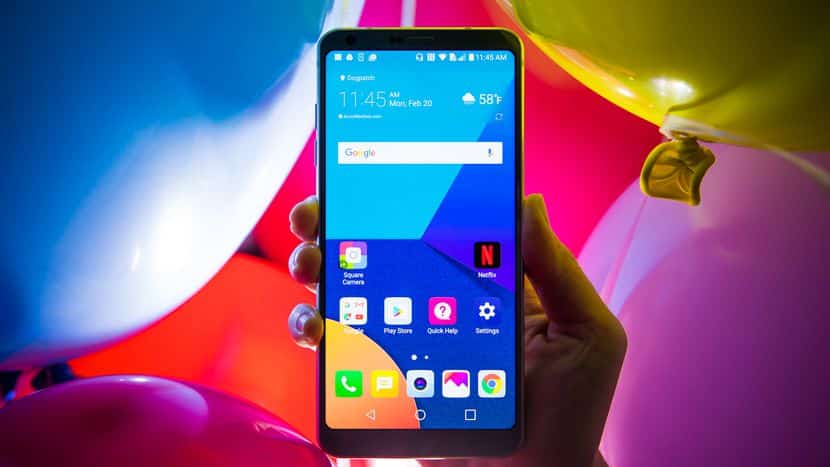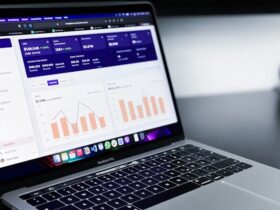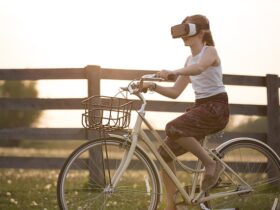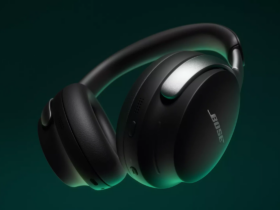In the last decade, smartphone technology has advanced in leaps and bounds. The first iPhone had a 3.5-inch screen, 320×480 display, a max of 16GB storage and a 2-megapixel camera. In comparison, the iPhone 7 has a 5.4-inch screen, 1920×1080 display, 256GB storage and a 12-megapixel camera. Even though this is an amazing improvement in a relatively short period of time, smartphone innovation isn’t stopping there. Here are some of the coolest smartphone features that are winning the innovation race:
Cinematic Displays
Smartphone developers have been finding ways to increase screen resolution and picture quality year after year. The latest boost in this technology is QHD (quad high definition). QHD has a resolution of 2560×1440 at a 16:9 aspect ratio, which is four times the amount of regular HD. Because they have relatively small screens, the high pixel density of QHD on smartphones like the LG G6 offers cinema-quality displays. The LG G6 is one of the phones leading the way with QHD, and it’s taking it one step further. The smartphone also comes with Dolby Vision, which provides high-quality color, contrast and brightness, so videos, games and pictures look true to life.

Virtual Reality
Google’s Pixel is one of the newest smartphones on the market that is competing to win the innovation race. This can be seen through its Daydream view, which is a VR headset and controller that works with the phone. Developers have been working on virtual reality for years, but the technology is just starting to catch up to users’ expectations. Pixel’s Daydream enables users to immerse themselves in sports, concerts and YouTube’s entire catalog. Its controller empowers them to fall into the world of the games they’re playing because they can pilot a spaceship, swing a bat, cast a fishing line and feel like they’re speeding down a track. Google is planning to release more games made just for the VR headset and take over the market.
Personal Assistants
The Samsung Galaxy S8 is leading the market in AI-enabled personal assistants with Bixby. Unlike Apple’s Siri or Amazon’s Alexa, smartphone users can interact with Bixby in three different ways: voice, text and touch. The personal assistant lets users check their schedules in the morning, see all of their reminders, review their health information such as how many steps they walked that day and even see what their friends have been doing online.

One of the most innovative features of Bixby is the ability to use the phone’s camera to search for information. Users can take a picture of an item and see where it is sold for the best price. They also can take a picture of their location to find a list of restaurants nearby or get more information on landmarks. The camera integration also replaces separate QR scanning apps, provides access to online reviews of products and lets users search for items similar to those in the photo.
From using smartphones as a desktop dock to receiving faster and better connection, developers are working hard to provide consumers with the best and most innovative products. Samsung, LG, Apple and Google are all looking to lead the market with the best phone, but it’s still too early to say who will win the innovation race.














Leave a Reply